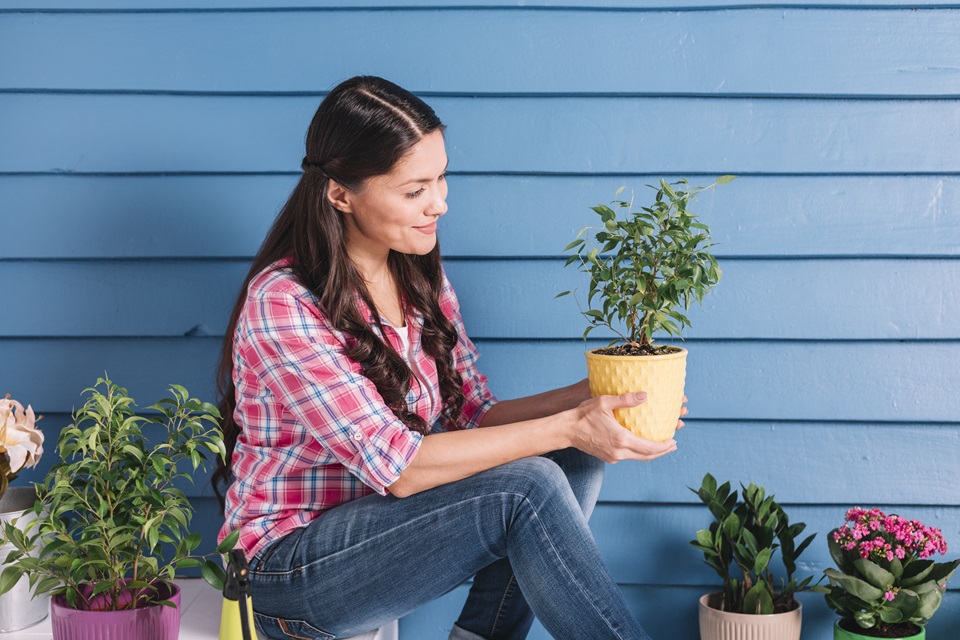Many people dream of starting their own business but are too scared or baffled at how or where to start. Usually, the best way is to seek a business in a subject or niche you are interested in. This way, your business becomes less of a grind and more of a highly enjoyable pastime. For instance, if you are an avid gardener or houseplant enthusiast, you will find setting up a garden pot shop a breeze.
Table of Contents
1. Get A Website Set Up & Running
As your business will be predominantly working online, you will need a website. Even if you are a technical wiz, you should still really get a professional web designer to design and build your website for you. This is because it will look far more professional and bypass the pitfalls of self-made websites, and it will be fully functional and customer-friendly.
2. Find Products To Sell
Once you have your website set up and running, you will need to start sourcing your products. As you have an interest in this area already, it is likely you will know what sort of pots your customers may like to purchase. However, you should still do your own research into this area.
Carry Out Product Research
When performing product research, you need to look at what pot products sell and the quantity and price. This gives you a framework to work in when seeking your products and gives you an idea of how much you can spend on stock in order to make a profit.
Find A Manufacturing Partner
Rather than purchasing from wholesalers like all of your competitors are doing, you may find it a good idea to find a manufacturing partner. Opting for plastic pots over ceramic or pottery ones has its benefits when sending them through the post or by courier.
If you choose a manufacturer that specializes in roto molding, you will find that you also do not have to downgrade your quality ideas or durability either. This is because this form of manufacture ensures products have an even layer of materials all the way around without seams or areas of weakness. Pots and other garden products can be produced so they are unique to your brand in color as well as design. This ensures that you have a product that is specific to your store.
Look At Your Storage Options
You will, of course, have to locate a storage facility unless you have access to a large garage to store your goods in between delivery from the manufacturer and shipping to your customers. Basic self-storage may suit your needs initially, but you have to make sure the facility is not too far away and that you have unlimited access to your stock.
3. Find A Distribution Partner
As you will now know your product sizes and weights, you will be able to start looking seriously at a distribution partner. No doubt at first you will be happy taking your packages to the local post office. However, once your business starts to pick up, you may want to start arranging collection from your site. Some courier companies are happy to do this and will, in certain cases, provide you with a printer or software so that you can print the labels for your shipments as well as all the consumables you will need to ship your goods.



